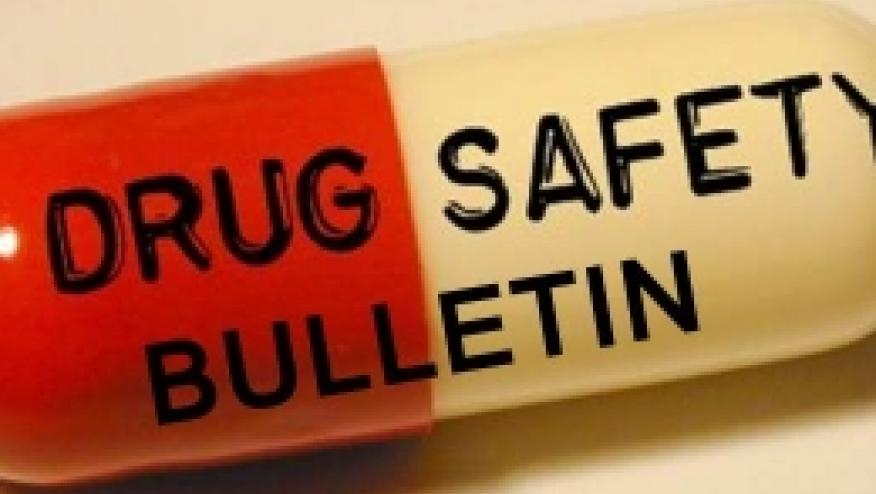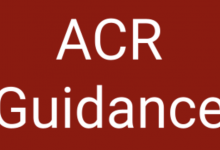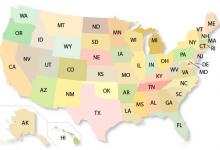Drug Safety Reports & FDA Updates – August 2015 Save

Safety reports from literature include long-term safety of rituximab, rituximab-induced neutropenia, tabalumab (Anti-BAFF Mab) results from the ILLUMINATE trial, colchicine toxicity increased in CKD patients, FDA updates and drug labeling changes, and more.
Long-Term Safety of Rituximab. Van Vollenhoven and colleagues have published the cumulative clinical trial safety experience of RTX wherein 3595 patients 1–20 (average - 4) courses over 11 years [14,816 patient-years (PY)]. Nearly one-third of patients had more than 5 years of follow-up. Overall, no new safety risks were identified over 11 years of observation. There were no cases of tuberculosis and opportunistic infections were rare. The serious infectious event (SIE) rate was 3.76/100 PY was similar to that seen in the previous 9.5 years (3.94/100 PY and 3.26/100 PY, respectively). Low IgM seen in 24% and low IgG (>4 mos) was seen in 4% of RTX patients. While IgA and IgM levels falling below the lower limits of normal did not predict SIE, low IgG levels (either before or after RTX) were at increased risk for SIE. Nonetheless, SIE rates were similar before and after falls in serum immunoglobulin levels. http://buff.ly/1JT4Mao
Rituximab-Induced Neutropenia. Data from the AIR registry identified 40 patients with new onset neutropenia, 25 with RA (1.3%) and 15 with other autoimmune diseases (2.3%), neutropenia occurred a median of 4.5 months after the last infusion of rituximab. Neutropenia resulted in opportunistic infection in 5 of 40 patient (20%) that required treatment, including granulocyte colony-stimulating factor therapy. Of the few (13) who stopped RTX for neutropenia and were later retreated, 3/13 had recurrence of neutropenia. It appears this adverse event may be more common in RA and rheumatic disease than in those with hematologic disorders. http://buff.ly/1Trxv76
Tabalumab (Anti-BAFF Mab) Shows Modest Benefit and Good Safety in the ILLUMINATE Trial. After a loading dose 1124 patients with moderate-to-severe systemic lupus erythematosus were treated with 120 mg every 2 weeks (120 Q2W), 120 mg every 4 weeks (120 Q4W) or placebo. Primary endpoint was proportion achieving SLE Responder Index 5 (SRI-5) improvement at week 52. The primary endpoint was met with 120 Q2W (38.4% vs 27.7%, placebo; p=0.002), but not with the less frequent 120 Q4W regimen (34.8%, p=0.051). The incidences of deaths, serious adverse events (AEs), and treatment-emergent AEs were similar in the 120 Q2W, 120 Q4W and placebo groups, but depression and suicidal ideation, albeit rare events, were more commonly reported with tabalumab. http://buff.ly/1EFmWME
Safety, Benefits and Pharmacodynamics of Hydroxychloroquine and Chloroquine Reviewed. HCQ has been shown to be effective in RA, lupus, possibly Sjogren's and reduce thrombosis in phospholipid antibody (aPL) syndrome. HCQ is preferred because of the lower incidence of gastrointestinal adverse reactions compared with CQ and it might have a lower risk of ocular adverse reactions. There is increasing evidence that HCQ may reduce atherosclerosis and risks of cardiovascular disease in rheumatic patients. Both HCQ and CQ have been shown to improve glycaemia and reduce the risks of type II diabetes. Ocular adverse reactions can be minimized by close attention to the dose (which should be set on a body weight basis) with regular retinal examinations. Although HCQ and CQ can pass through the placenta, the use of these drugs during pregnancy does not appear to risk harm to the baby and might be beneficial to the mother with SLE and her child by controlling the SLE disease activity, which is known to be an important factor affecting pregnancy outcome. http://buff.ly/1JGRcpm
Colchicine Toxicity Increased in CKD patients. Colchicine toxicity may manifest as neuromyopathy, especially in patients with chronic kidney disease (CKD) or renal transplant recipients. Two patients are described who presented with diarrhea, acute on chronic kidney injury and progressive muscle weakness while on colchicine for several weeks or longer. In addition to kidney disease, risk factors for colchicine toxicity included maintenance therapy with simvastatin and cyclosporine. Creatine phosphokinase was elevated in both cases at presentation and neurophysiologic studies showed a pattern of severe myopathy with axonal sensorimotor neuropathy. http://buff.ly/1JGSbFX
Efficacy and Safety of Tacrolimus in Poly/Dermatomyositis. In a review of 134 patients with PM/DM, oral tacrolimus dosed as 0.075 mg/kg/day or 1.0-3.5 mg/d (given either twice daily or once daily) with glucocorticoids yielded improved improvement in muscle strength in 93.3 % (42/45) and physical function status in 64.7 % (11/17) of patients. The creatine kinase levels decreased in all patients. 65 patients had interstitial lung disease. After treatment, the forced vital capacity and diffusing capacity for carbon monoxide (DLCO) improved or stabilized in 89.3 % (25/28) and 81.3 % (13/16) of patients, respectively. The commonly adverse events were nephrotoxicity, hypomagnesemia, tremors, and hypertension, but they were slight among these patients. http://buff.ly/1NeTgc0
Five International Registries Harmonize. A coordinated analysis of 5 registries (Swedish Rheumatology Quality of Care Register, Consortium of Rheumatology Researchers of North America [CORRONA], Norfolk Arthritis Register, Institute of Rheumatology Rheumatoid Arthritis, and the new CORRONA International), harmonized outcome definitions, and investigated whether restricted subcohorts improved comparability with trial populations. This approach may have utility to support safety assessments across diverse diseases and drug development programs and satisfy future regulatory requirements. http://buff.ly/1JGPTXp
FDA Updates – August 2015
FDA Warns of joint pains associated with Januvia and other DPP-4 inhibitors used to treat type 2 diabetes. The warning is for the class of medicines called dipeptidyl peptidase-4 (DPP-4) inhibitors, commonly used to treat type 2 diabetes. There have been 33 reports of severe and disabling joint pains (10 of whom required hospitalization). Most cases (28) were associated with sitagliptin (Januvia), 5 with saxagliptin (Onglyza), 2 with saxagliptin (Tradjenta) and one report with alogliptin (Nesina). Symptom onset usually occurred within one month of initiation. Drug discontinuation lead to symptoms resolution, usually in less than a month. Some patients developed severe joint pain again when they restarted the same medicine or another DPP-4 inhibitor. http://t.co/mpBcmzDNQJFDA
FDA reports 2 more cases of PML associated with the multiple sclerosis drug Gilenya (fingolimod). This warning involves a case of definite progressive multifocal leukoencephalopathy and a case of probable PML in patients taking fingolimod for MS. http://buff.ly/1JFNgoP
July 2015 FDA Drug Labeling Changes
Donepezil HCL (Aricept) - The following adverse reaction terms were added: “rhabdomyolysis,” “QTc prolongation and torsade de pointes,” and “Stevens Johnson syndrome, and toxic epidermal necrolysis”.
Filgrastim (Neupogen) - Glomerulonephritis has occurred in patients receiving NEUPOGEN. The diagnoses were based upon azotemia, hematuria (microscopic and macroscopic), proteinuria, and renal biopsy. Generally, events of glomerulonephritis resolved after dose reduction or discontinuation of NEUPOGEN. If glomerulonephritis is suspected, evaluate for cause. If causality is likely, consider dose-reduction or interruption of NEUPOGEN.










If you are a health practitioner, you may Login/Register to comment.
Due to the nature of these comment forums, only health practitioners are allowed to comment at this time.